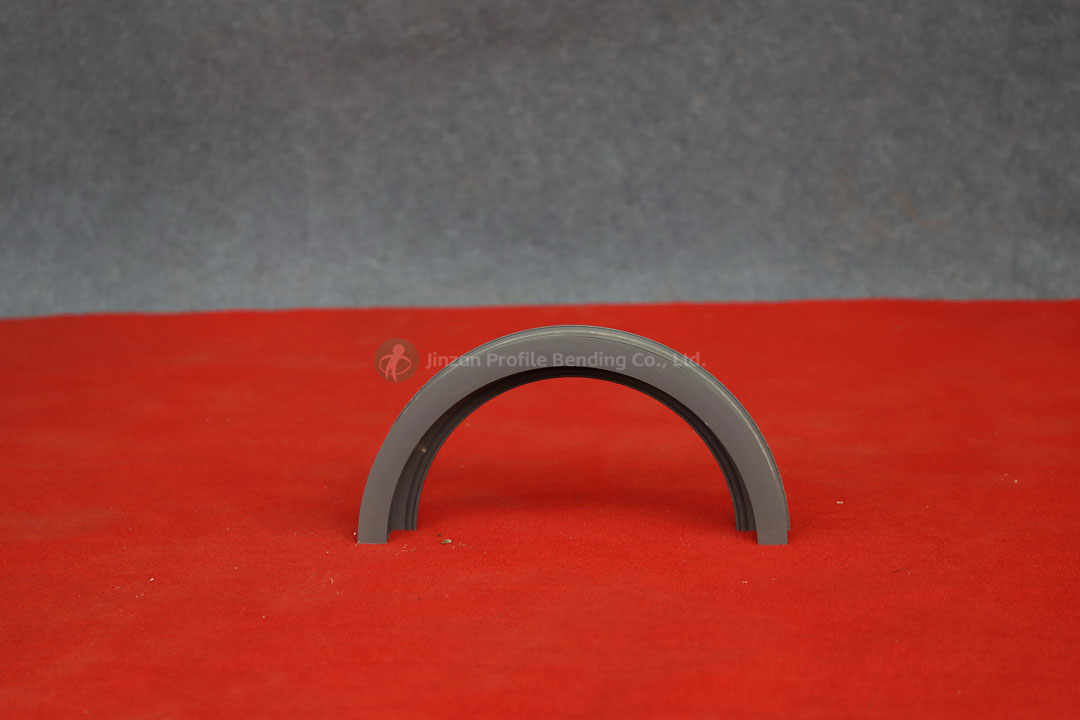Redefining the construction industry with innovative solutions, cuttin-edge technology and sustainable practices
Profile Bending 2025-06-30
Steel curving is a vital technique in structural engineering that combines aesthetics with functionality. As architectural designs become more ambitious and creative, the demand for curved steel elements has increased significantly.
Steel curving involves the bending of steel plates or sections to create curves and shapes that meet specific design requirements. This process can enhance the aesthetic appeal of structures while also addressing functional needs, such as load-bearing capacities and structural integrity. Curved steel elements are commonly used in bridges, buildings, facades, and sculptures, making it an essential skill in modern engineering.
Step 1: Conceptual Design
The journey of steel curving begins with a conceptual design. Architects and engineers collaborate to create drawings and models that illustrate the desired curvature, dimensions, and overall look of the structure. This phase involves various considerations:
-Aesthetic Requirements: The visual appeal of the design plays a significant role. Curved shapes can create a sense of flow and movement, enhancing the building's character.
-Functional Considerations: Engineers must ensure that the curvature does not compromise the structural integrity of the steel components.
-Material Selection: The type of steel used can influence the curving process. Different alloys and grades offer varying levels of flexibility and strength.
Step 2: Detailed Engineering Analysis
Once the conceptual design is approved, a detailed engineering analysis is conducted. This step involves:
-Structural Calculations: Engineers perform calculations to ensure that the curved steel elements can withstand the anticipated loads, including dead loads, live loads, and environmental factors such as wind and seismic activity.
-Computer-Aided Design (CAD): Advanced software is used to create precise 3D models of the curving elements. This allows for better visualization and helps identify potential challenges before fabrication begins.
Step 3: Fabrication Preparation
After the design is finalized, the next stage is preparation for fabrication. This includes:
-Creating Templates: Templates or jigs may be created to guide the bending process and ensure accuracy in the final product.
-Selecting Equipment: The choice of machinery is crucial. Various methods can be employed for steel curving, including:
-Roll Bending: Using rollers to gradually bend the steel into the desired shape.
-Heat Bending: Applying heat to specific areas of the steel to soften it, allowing for easier bending.
-Press Bending: Using a hydraulic press to achieve precise curves.

Step 4: The Steel Curving Process
The actual curving process is where the concept transforms into a tangible product. Depending on the method chosen, this can involve:
1.Roll Bending: Steel beams or plates are fed through a series of rollers that exert pressure to create the desired curvature. This method is efficient for producing large quantities of curved steel.
2.Heat Bending: For more intricate shapes, localized heating allows steel to be bent without cracking. After heating, the steel is shaped using a mold or template.
3.Press Bending: A hydraulic press applies force to bend the steel. This method is often used for smaller, detailed curves.
Throughout the process, continuous quality checks are essential to ensure that the curves meet the specified tolerances.
Step 5: Finishing Touches
Once the steel has been curved, it undergoes finishing processes to enhance its durability and appearance:
-Surface Treatment: Steel is often coated with protective layers, such as galvanization or paint, to prevent corrosion and improve aesthetics.
-Welding and Assembly: Curved steel elements may be welded together or connected to other structural components, ensuring a seamless integration into the overall design.
Step 6: Installation and Quality Assurance
The final step in the process is the installation of the curved steel elements on-site. This phase requires:
-Logistics Planning: Transporting large curved steel pieces can be challenging. Proper planning ensures safe and efficient delivery to the construction site.
-On-Site Assembly: Skilled workers carefully install the curved steel, ensuring that it aligns perfectly with the architectural design.
-Final Inspections: Once installed, the structure undergoes rigorous inspections to verify that all elements meet safety standards and design specifications.
The process of steel curving in structural engineering is a complex yet fascinating journey that transforms abstract concepts into stunning architectural realities. By understanding the steps involved—from conceptual design to final installation—engineers and architects can create innovative structures that push the boundaries of design while maintaining safety and functionality. As technology continues to evolve, the possibilities for curved steel will expand, offering even more opportunities for creativity in the built environment.